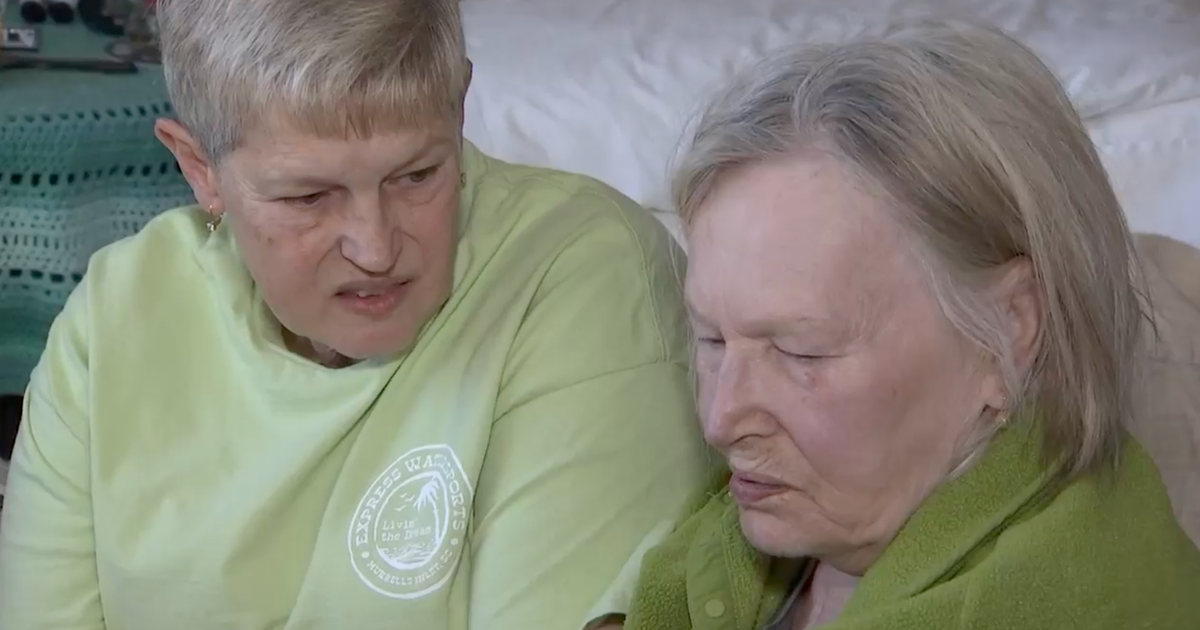Social Security increase for 2020 around $24 a month
Almost 70 million retirees will see a 1.6% cost-of-living increase from Social Security in 2020, an uptick with potential political consequences in an election year when Democrats are pushing for more protection from inflation.
The increase amounts to $24 a month for the average retired worker, according to estimates released Thursday by the Social Security Administration. With the adjustment, the estimated average monthly Social Security payment for a retired worker will be $1,503 a month starting in January.
Following a significant boost this year, the cost-of-living adjustment for 2020 reverts to its pattern of moderate gains. But seniors and advocates complain that the inflation yardstick used to determine the annual adjustment doesn't adequately reflect their costs, mainly for health care.
The adjustment affects household budgets for about 1 in 5 Americans and that includes Social Security recipients, disabled veterans and federal retirees.
The criticism of the adjustment formula has been taken up by Democratic presidential candidates and congressional Democrats.
"Most of the discussion about Social Security is about how can we promise more rather than how can we keep the promises we're already making," said conservative retirement policy expert Charles Blahous, a former public trustee of Social Security.
Social Security is financed by a 12.4 percent tax on wages, with half paid by workers and the other half paid by employers. Next year, the maximum amount of earnings subject to the Social Security tax will increase from $132,900 to $137,700.
About 177 million workers pay Social Security taxes. Most private pensions do not provide a COLA, but Social Security has featured inflation protection since 1975. Beneficiaries also gain from compounding since COLAs become part of their underlying benefit, the base for future cost-of-living increases.
Joe Schiavone, who retired from flooring sales and lives on Florida's Space Coast, said it feels like he's not keeping up.
"My biggest concern is that your money is buying less and less," said Schiavone, who's in his early 80s. "The figure that they use for the rise in the cost of living to me is very erroneous."
Schiavone points to increased health care premiums and copays, along with other kinds of insurance costs, as the main culprits. He expects that part of his adjustment for 2020 will be eaten up by an increase in Medicare's "Part B" premium for outpatient care, which hasn't been announced yet.
Democrats are working to convince older people they have their backs on Social Security. Voters age 65 and older went 53% for Donald Trump and 44% for Hillary Clinton in 2016, according to a Pew Research Center analysis. Now, Democrats are aiming to recapture older voters.
Democratic presidential candidates Elizabeth Warren and Bernie Sanders are proposing to use a measure of inflation that reflects expenses for households headed by a person 62 or older. The leading Social Security overhaul plan in Congress from Rep. John Larson, D-Conn., would also switch to the new measure.
Richard Johnson of the Urban Institute think tank said the measure Social Security uses reflects workers, not retirees.
"If the goal is to maintain seniors' living standards, then the cost-of-living adjustment is going to fall short if it doesn't measure seniors' spending," he said.
But former program trustee Blahous said even the current inflation measure is too generous, because it doesn't take into account that when prices go up, many people look for cheaper goods.





